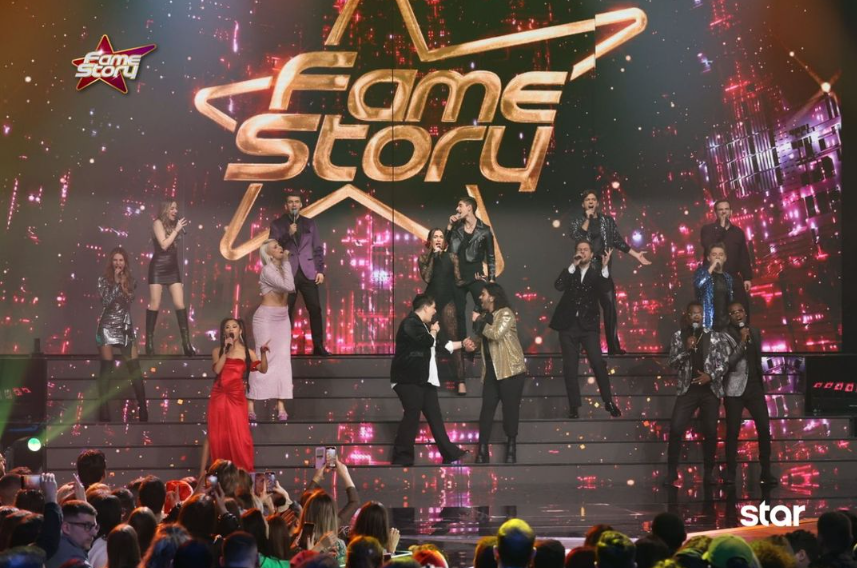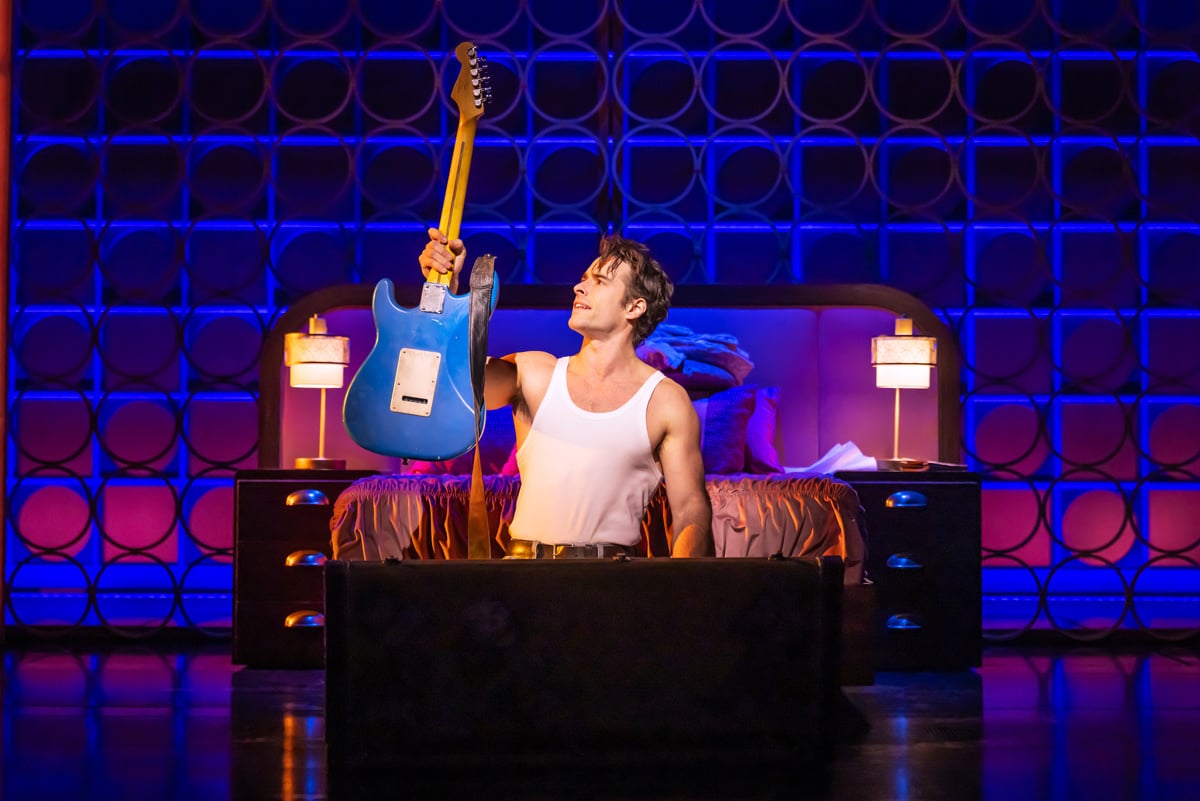In our continuing series on Broadway designers, Lap Chi Chu talks about his latest project, 2024’s Broadway production of Yellow Face.
Produced by Roundabout Theatre Company in the fall of 2024 and playing at Broadway’s Todd Haimes Theatre, Yellow Face was Lap Chi Chu’s fourth Broadway show in the span of two years (Camelot in 2023, plus Suffs and Uncle Vanya in 2024).
We last visited with lighting designer Lap Chi Chu to discuss his work on Suffs. A 30-year career in regional and Off-Broadway productions led to his first Broadway production and Tony nomination for Camelot in 2023. Chu has also been honored with a 2018 Obie Award for Sustained Excellence in Lighting Design as well as a Lucille Lortel Award for Best Lighting, the Los Angeles Drama Critics Circle Angstrom Award for Career Achievement in Lighting Design, an Ovation Award for lighting (Los Angeles), multiple Bay Area Theatre Critics Circle Awards, and a Drammy (Portland) for Best Lighting.
When not designing for Broadway, Chu works as Head of Lighting Design at UCLA’s School of Theater, Film, and Television. Since the production was taped to appear on PBS’ Great Performances series, we had to ask about lighting a play for an appearance on TV.
ETC: How do you feel about your shows being lit for television?
 Lap Chi Chu: I stay involved just enough to make sure the looks we created on stage maintain their integrity. I understand that the camera sees something differently than the naked eye, and the latest camera technology is so sensitive that they have to dial some levels down. PBS taped the final four performances. Of course, the cast is very savvy - half of them are familiar faces on film and television.
Lap Chi Chu: I stay involved just enough to make sure the looks we created on stage maintain their integrity. I understand that the camera sees something differently than the naked eye, and the latest camera technology is so sensitive that they have to dial some levels down. PBS taped the final four performances. Of course, the cast is very savvy - half of them are familiar faces on film and television.
How did you get involved with Yellow Face?
I must tell you that, as a Chinese-American with a long resume, this is only the second Chinese show I have lit. I worked with Leigh Silverman the director a long time ago at the Taper in Los Angeles, and I just did Suffs with her. She directed the original production of Yellow Face a decade ago and is now reviving her own work. I’ve been a David Henry Hwang fanboy since my college days. I love the play – it has a fascinating back story – it feels like a privilege to light a work like this.
What was your design brief going into the show?
After reading it, the brief I gave myself was that I wanted the lights to pace the show. There are a lot of characters playing multiple roles and events are constantly unfolding around the main character. Watching the stage manager call the lighting cues is an experience – sometimes we have 20 cues on a page. The cues reflect character changes, word changes and mood changes. Sometimes we added cues to increase pace, other times we purposely slowed the action down. The cues are fast and can come on single words or groups of three words. Our programmer, Alyssa Eilbott, had her work cut out and we definitely developed a rhythm.
Where does the play take place?
That is determined by video panels that show newspaper clippings and locales. The play is both documentary and fictionalized. The show is a fun ride and ends up with a serious message. The LED panels are bright – there are two rotating pieces that hold them and sometimes we had to dial them down.
What influenced your fixture choices?
I always use ETC Source Four LED Series ellipsoidals with the Lustr array whenever I can. The color rendering is so good. In this show there are a lot of specials where we use moving lights. We are careful to match the exact color of these to the Source Four LED Series 2 fixtures. Alysssa took a lot of time and care to do this. We were looking for an “invisible” effect, where the light source is never obvious. There is one moment when the lights are “showy” but mostly we wanted to cut the visual noise to emphasize the faces of the actors. I tried to use the High End Halcyon fixtures as I did on Uncle Vanya but there are not enough to serve the Broadway market – we need more! Their frost, shutters and color are excellent, and I love using these fixtures.
Is there a trick to lighting Asian faces?
We actually have a very diverse cast with many skin tones. We did a lot of on-the-fly tweaking of color to get it right. On that topic, my generation grew up using gel colors, Lee or Rosco, as a color reference but today’s students might not have that. They know LED. So we have to find a new way to communicate without the hard reference of the color swatch book.
What were the other challenges in this show?
Apart from the pace control and the rapid choreography of moving lights, we were dealing with the classic Broadway front of house architecture. The front of house truss position was a little steep and high for my taste. You get a lot of top light angles that produce shadows. We brought it as low as possible without obstructing sight lines. The set is blue, very blue, and the video walls are black. The design team knew the all-blue look would make me cringe, but they and the director loved it so we made it work.
We also reached out to Alyssa Eilbott, Lap’s longtime collaborator and programmer to discuss the many twists and turns in the cueing of the show.
What made this show different?
Alyssa Eilbott: Unlike Suffs, Yellow Face had video, which meant that we were interacting with multiple other departments through a MIDI interface. The stage manager was calling lighting cues and we acted as the trigger for sound and video. For instance, there might be an audio cue such as a phone call and I would take that cue as well, sometimes as a blank lighting cue. There were also a lot of moving light cues where we tracked the actors and picked them up as if from a void. This included moments where we tracked actors on two moving turntables and we were following automation cues.
We were on older Eos software version for this show, and it made me miss the more recent updates. I was constantly texting the development team at the factory saying things like “I can’t believe how much I miss custom encoder mapping.” I kept a list to send them of the updates I had been appreciating. This was a show that I enjoyed working but I also enjoyed watching over and over – it was fun but did an excellent job delivering its message.





